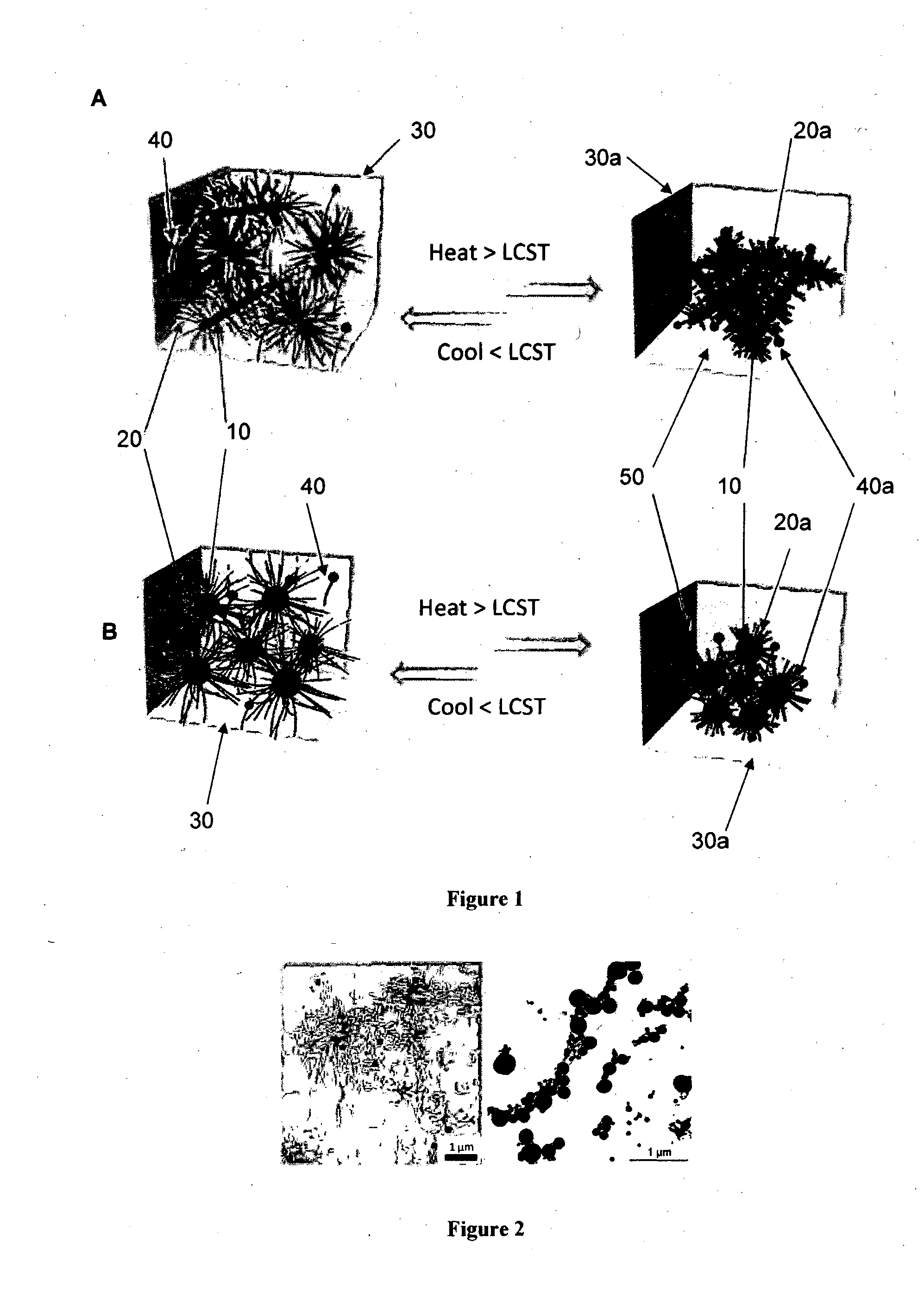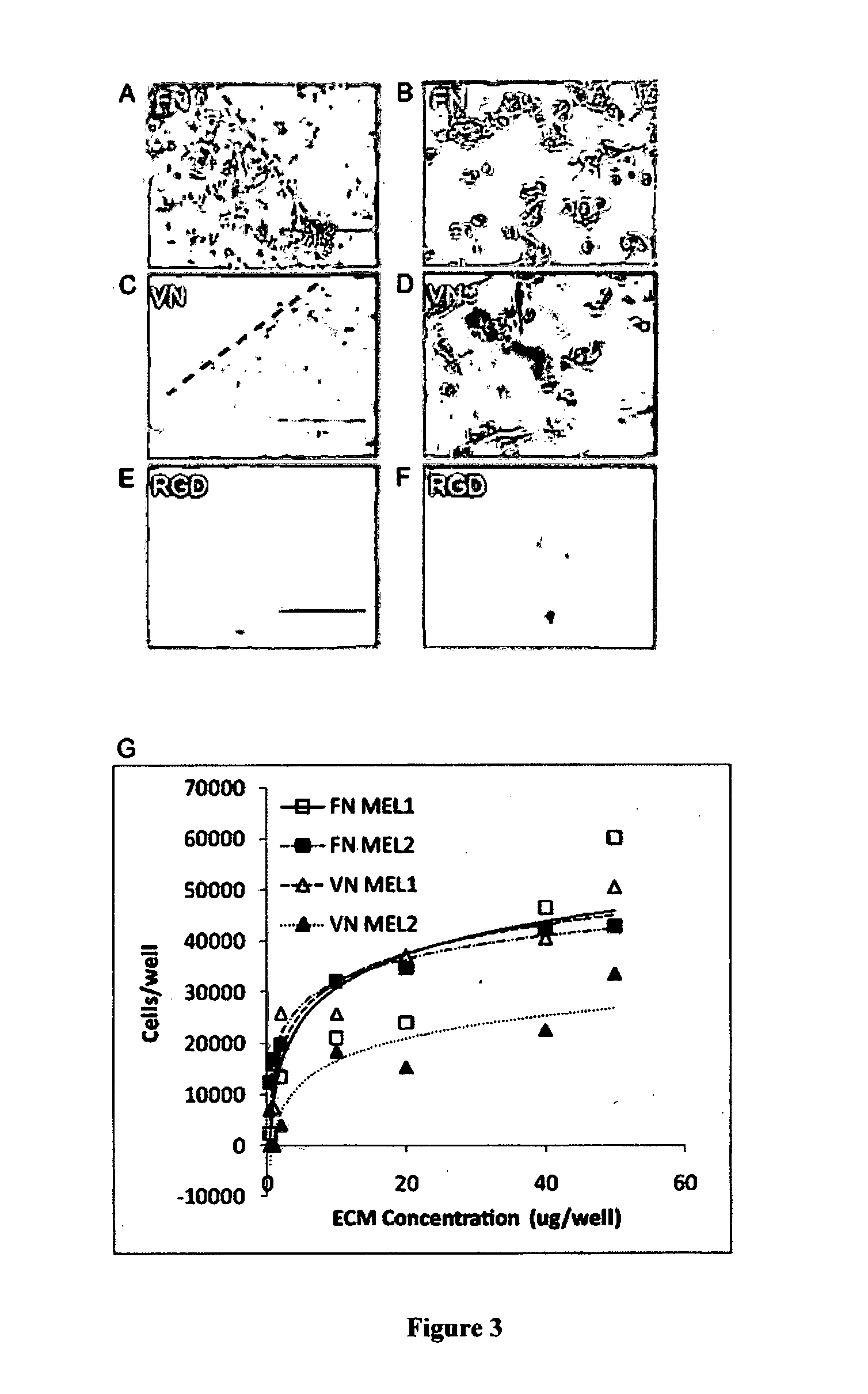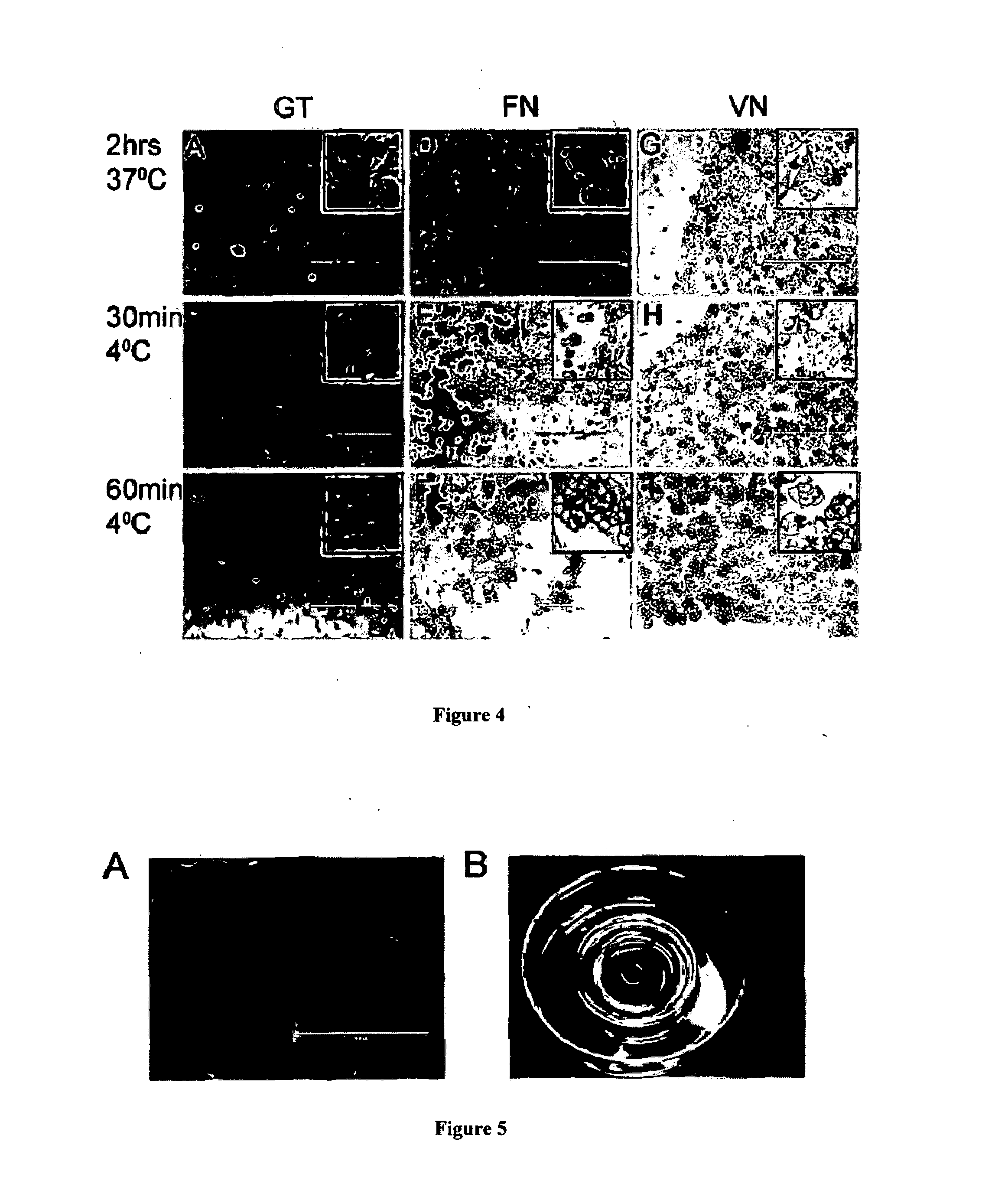Release media
- Summary
- Abstract
- Description
- Claims
- Application Information
AI Technical Summary
Benefits of technology
Problems solved by technology
Method used
Image
Examples
example 1
Part (a): Synthesis of Methyl 2-(Butylthiocarbonothioylthio)Propanoate
[0277]
[0278]To a stirred solution of 1-butanethiol (10 mL, 0.093 mol) and TEA (14.3 mL, 0.103 mol) in DCM (100 mL) under nitrogen atmosphere was added dropwise carbon disulfide (6.18 mL, 0.103 mol) in DCM (50 mL) over a period of 30 min at 0° C. The solution gradually turned yellow during the addition. After complete addition the solution was stirred at room temperature for 1 h. MBP (11.5 mL, 0.103 mol) in DCM (50 mL) was then added dropwise to the solution over a period of 30 min, and stirred for 2 h. DCM was removed under nitrogen and the residue dissolved in diethylether. This solution was washed with cold 10% HCl solution (3×50 mL) and MilliQ water (3×50 mL) and then dried over anhydrous MgSO4. The solvent was removed under vacuum and the residual yellow oil was purified by column chromatography (9:1 petroleum ether / ethyl acetate on silica, second band).
[0279]1H NMR (CDCl3) ppm 0.92 (tr, J=7.5 Hz, 3H, CH3), 1....
example 2
Human Embryonic Stem Cell Culture
[0288]All mammalian tissue culture reagents described here were from Life Technologies (Carlsbad, Calif., USA) unless otherwise stated. hESC lines used were NKX2-5 (eGFP / w) (hES3 background, a kind donation from Andrew Elefanty and Ed Stanley1), H9 (WiCell, Wisconsin, Mich., USA), MEL1 and MEL2 (referenced in2). NKX2-5, MEL1 and MEL2 were maintained by Stem Core Queensland and routinely supported as manually passaged cultures on MEF feeder layers as previously described3. Prior to experiments, cells were adapted to single cell passage as previously described4,5 in Knockout serum replacement media containing 4 ng / mL basic fibroblast growth factor (bFGF) and 0.1 mM (3-mercaptoethanol (Sigma-Aldrich, Grand Island, N.Y., USA).
Part (a): Attachment of Human Embryonic Stem Cells to Functionalised PNIPAM / ROD Diblock Copolymers
[0289]A mixture of 35 μL of pWorms (30% w / v) in PBS was combined with 35 μL of pVN or pFN in PBS (ranging from 0-50 μg of each ECM pol...
example 3
Part (a): Formation and Dissociation of Human Embryonic Stem Cell Clumps (Embryoid Bodies)
[0293]hESC 3D Embryoid Body Formation with pVN and pWorms
[0294]MEL1, MEL2 and NKX2-5 were used to form embryoid bodies (EB) in APEL media using the spin EB process as previously described7 with some modifications. Briefly, 50 μL of cell suspensions containing 3500 cells were seeded per well in a round bottom 96-well plate at RT. Concentrations of pWorms (156 μg / mL), pVN (14 μg / mL) and bFGF (100 ng / mL) were added to the cell suspension. Plates were then centrifuged at 37° C. at 480 g for 5 min. Cells were incubated at 37° C. under a 5% CO2 and 5% O2 atmosphere. On day 3, EBs were incubated at RT for 30 min prior to gentle pipetting to break apart the EBs. FIG. 7A-B and FIG. 8B-C demonstrate that both the control cells and cells incubated with PNIPAM / ROD diblock copolymers / Vitronectin-PNIPAM were able to form embryoid bodies. However, after temperature reduction, only embryoid bodies cultured in ...
PUM
| Property | Measurement | Unit |
|---|---|---|
| Temperature | aaaaa | aaaaa |
| Temperature | aaaaa | aaaaa |
| Responsivity | aaaaa | aaaaa |
Abstract
Description
Claims
Application Information
 Login to view more
Login to view more - R&D Engineer
- R&D Manager
- IP Professional
- Industry Leading Data Capabilities
- Powerful AI technology
- Patent DNA Extraction
Browse by: Latest US Patents, China's latest patents, Technical Efficacy Thesaurus, Application Domain, Technology Topic.
© 2024 PatSnap. All rights reserved.Legal|Privacy policy|Modern Slavery Act Transparency Statement|Sitemap



